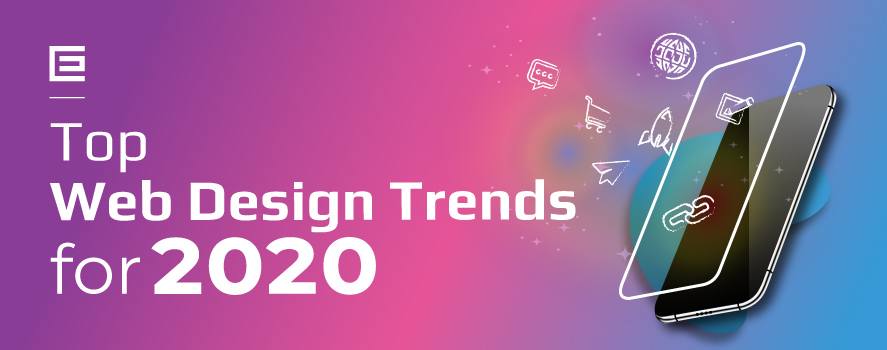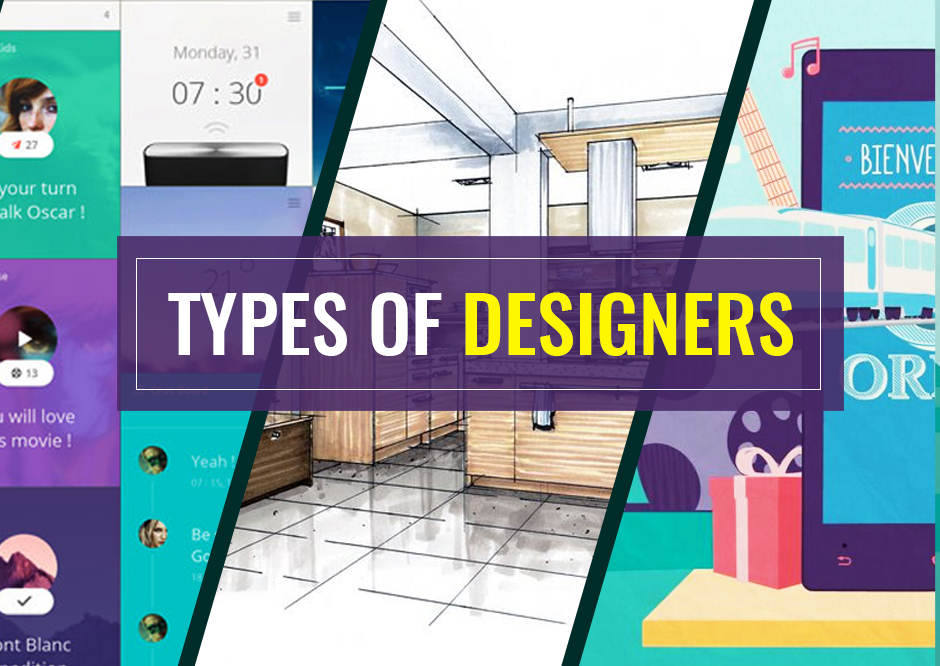The 11 Website Design And Development Best Practices For 2018 Diaries
You need to offer some value, and even the groups behind the world's most popular digital products realize that quality content makes for an extraordinary source of worth, permitting you to draw the attention of even those your item (isn't yet) for. Naturally, content isn't just article. (Nor is it just words, but that's an entire other post.) Content also plays an essential role in your item's overall user experience, and significantly, platforms are feeling the discomfort of getting content wrong.
However, paradoxically, what this UI does finest for me, the user, is to advise me that LinkedIn has my phone number (why tho ?!) and, better yet, offer me a chance to dissociate it from my profile. (I initially wrote "delete it from their database," but a coworker rightly mentioned it probably doesn't do that.) I'm simply going to think that wasn't their objective.
I'm here to stress the midpoint of material to the overall user experience of any digital environment. Ideally the above does the trick, but to enhance my point, here are a few content-related highs and lows from 2019: I don't, personally, share Alicia's appreciation here. Most informing, perhaps, is the increasing prominence of content strategy and UX writing in the brands of some of today's most recognizable brands.

* However a content-first viewpoint still has dramatic effects on web apps: Simply take a look at Twitter, where a single material decision restricting character count has done everything to define both the magnificence and scary of that platform. We designers, for all our focus on empathy, stay human beings. We intend relentlessly to take others' views and experiences into account through user research study, review sessions, A/B testing, and myriad other approaches.
Simply take a look at the language we use every day: Reach out. I see that. We hear you. We presume these expressions are universal similarly significant to everybody who hears or reads them. We blithely conflate the concrete, sensory basis of these phrases with their psychological register and intent. But it's a defective presumption.
The deaf do not hear you. Those with cerebral palsy might struggle to connect. Of course, inclusivity has to do with far more than accounting for impairment. It has to do with accounting for distinction. It suggests that we can't restrict ourselves to "male" and "female" when we ask someone's gender in a type.
Hell, it suggests realizing that even the one from the "regular" household might have a bad relationship with their father or have, not a father and a mother, but two mothers. To take pleasure in and find value in a product, a private requirements to see themselves shown within it. Without that glance of themselves, what an individual sees rather is a refusal.
Designing for inclusivity and ultimately, for UX then suggests making space for our audience within the items we develop. I want to expand on that link in between inclusive style and user experience style. Because I believe that inclusivity which is ultimately the idea that we must treat "others" not as others, but as part of us is built right into the really concept of user experience design, and I want to take a moment to explain why.
A Biased View of Magento Web Design - Magento Designers - Magento ...
The honeycomb aims to illustrate the interlinked characteristics that form a user experience good or bad. The overall user experience is a gestalt a sum overall of all these facets, got to via a kind of mental math we perform automatically and without deep consideration of the individual worths we might appoint to one or the other.
And who the beholder is, whether "us" or "other," isn't part of the chart. That is: the honeycomb does not say who the item is reliable, valuable, accessible, etc. for. We can, naturally, presume that the beholder is "our audience": the group of people we most wish to attract and become paying customers. * Now, audiences may seem homogenous insofar as, for, state, a web style platform, all members of the audience have an interest in developing sites.
Within that seemingly uniform crowd there's a wide variety of identities. Various races, creeds, faiths, gender identities, gender expressions, socioeconomic classes, family backgrounds, cultures, and dozens of other facets of selfhood they all wish to construct, handle, and grow websites. For that reason, leaving out individuals exhibiting any one particular flavor of any of those backgrounds positions a threat to the general user experience.

(Or, let's face it: both (web designer).) Exclusionary style, then, has a direct influence on not just the user experience, but likewise the bottom line. Obviously, you could argue that being inclusive presents its own business danger, because it may alienate your more conservative users. But when you take a look at the size and prominence of companies that are now more than happy to take "progressive," inclusive positions on any number of concerns from LGBTQ+ pride to poisonous masculinity, it's pretty simple to see the writing on the wall: These services have actually done the math, and they have actually come to the conclusion that the benefit of inclusivity far exceeds the danger.
When we set out to develop for others, we frequently wind up creating for ourselves. (Specifically when we do so without the restrictions of a framework or style system.) We can, of course, make presumptions about who we're creating for, and more specifically, who we desire to create for but our biases still lead the way.
We can't avoid prejudiced thinking since it's been constructed into us from day 1 and end up being largely unconscious. What we can do is to work to purposely restrict or conquer our biases. That's what makes user research study so fundamental. Without checking out the differing perspectives, cognitive habits, and identities of our audiences, we wind up developing to fit our expectations and for every single web expert, that's a weakness.
Designers will lean greatly on the visual and/or interactive. And devs and engineers well, my predispositions prevent me from quickly filling in that blank. Point is: when we stretch beyond our boundaries and defaults to include others' viewpoints, we enhance our work, making it more available and understandable to others.

* Because, of course, UX design is, as most typically practiced, a capitalist discipline. Commercialism being, of course, a political approach. No big deal. Simply over 10 billion outcomes. When it concerns democratizing the power of software, it's tough to think about a market making more of an effect. Caleb Kaiser, Development at AngelList If you're at all familiar with Webflow, you know that we're all-in on no-code, a brand-new method of considering web and software advancement that's ditching the standard coding paradigm, in which code can only "effectively" be produced in a text editor, composed by hand, in favor of a brand-new visual method.
20 Web Design Trends For 2019 - Webflow Blog - An Overview
Not just so that "everybody can code," obviously, however so that everyone can take pleasure in the power to bring their ideas to life. Rather of taking the coding bootcamp or early-childhood coding education route, we're upgrading the very way that code is made (web design columbia sc). To put it simply, our company believe it's time to refactor coding itself.
Just recall to the first visual user interface (GUI) itself. Prior to the first GUI, computing was keyboard-driven. The main user interface (UI) was the terminal a primitive full-screen editor where computer system users literally "informed" the computer system what to do through an arcane language of commands and responses. This user interface design required a good deal of knowledge of its users, implying that really savvy computer users were couple of and far between.
Sure, they sprang up in all sorts of high-knowledge environments, but they were anything but the common engines of knowledge work they've become today. Then came the mouse (along with almost a lots other game-changing technologies), presented in what's now referred to as the "Mom of All Demonstrations." As the demo's Wikipedia page puts it, this demonstration sparked the revolution that would change computers from mere "number-crunching" tools into "communication and info retrieval" hubs.
No-code now aims to take that sea-change a step even more by empowering an even broader swath of individuals to not only use computers, but to construct the software that makes computers so effective, without coding it. Today, Webflow occupies a specific specific niche of the no-code motion, which we call "visual web advancement." Given that 2013, we have actually been non-stop focused on making the primary tools of front-end web advancement HTML, CSS, and JavaScript drastically more available to considerably more people.
In 2015, we began to take that mission an action further with the launch of Webflow CMS, a GraphQL-powered database and publishing tool that provides designers and designers the power to develop custom schema then develop around those information fields aesthetically. Here in 2019, database management and publishing tools like Webflow CMS have actually become the core of all type of effective web-based applications, and we could not be more ecstatic to provide our voice to the ongoing revolution that is no-code. And we're simply one visual web advancement tool! In doing so, they serve as force multipliers to the generally qualified coders who have actually constructed sites and apps for years, and continue to do so. They automate jobs that used to take tedious hours of manual labor. They change fixed wireframes and mockups into totally functional web experiences that not only present content to visitors, but then take in visitor's data, pipeline it into email service suppliers and consumer databases, and support them into leads and, ultimately, paying clients.
In one dramatic example, they turn the website update cycle from an 8-year process into an 8-minute one, as car-sharing startup Getaround's Camille Esposito told us in her No Code Conf talk, "Taking back your website." As the no-code landscape becomes more and more fully grown and effective, we anticipate to see "visual designer" becoming as common a sight in task posts as "web developer" and "web designer" are now and in the latter case, we can honestly see "visual designer" taking their place entirely.
And progressively, we're seeing that occur. A minimum of, according to the zeitgeist. Every day, increasingly more posts recommend that style is the essential differentiator at [insert hot start-up name here] Design-focused material seems to be getting more and more prominence in popular culture, with documentary series like Abstract popping up in watercooler discussions nearly as often as [insert whatever the kids are enjoying nowadays here].
And yet, how much traction has design actually acquired in the top echelons of services? The concern wells up in me each time I see another Facebook scandal grabbing headlines, or hear the current on the Domino's availability suit. I wonder about it whenever the concern or Uber or Airbnb's effect on neighborhoods pops back up in the Twittersphere.
Examine This Report on Sitemap - Nirmal Web Studio
Style has constantly and currently been at every table in "Business." They simply don't call themselves designers. Or, in some cases, worth the things we've come to expect designers to value. They aren't always combating for users, or perhaps trying to stabilize user objectives and experience with service value.

DBL07 Consulting
1400 Pickens here St
Columbia, SC 29201
803-479-7699
Now, this isn't implied as an excoriation of these folks. Without wading into the morass of ethics, I get why they're focused on investor worth, and why evocations of "freedom of speech" tend to emerge in their arguments (misplaced as they are). It's simply meant as a restorative (website design columbia sc). "Design" as such doesn't require a previously unassigned seat at the table.